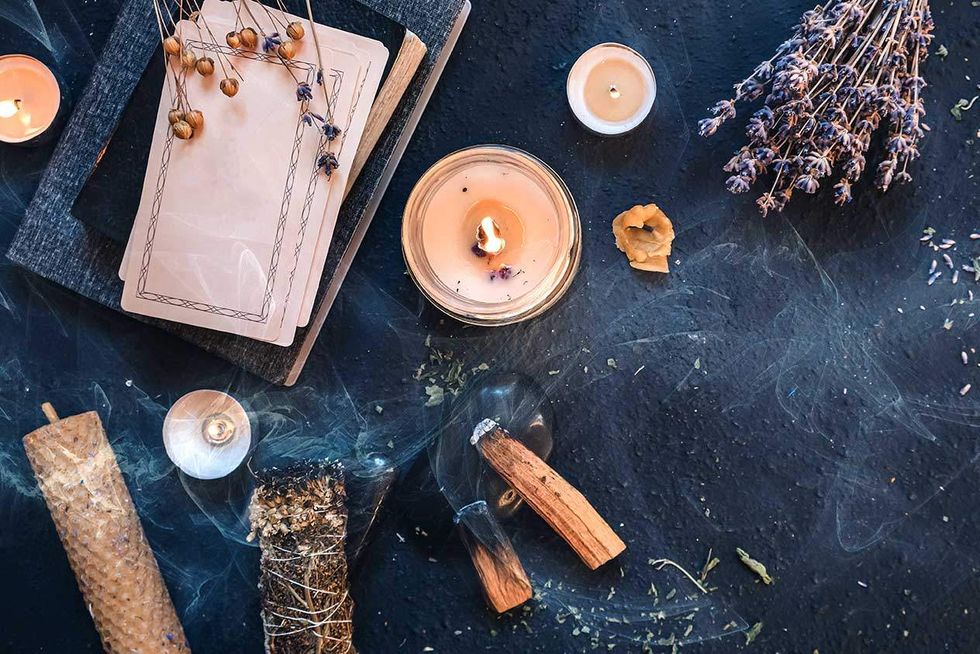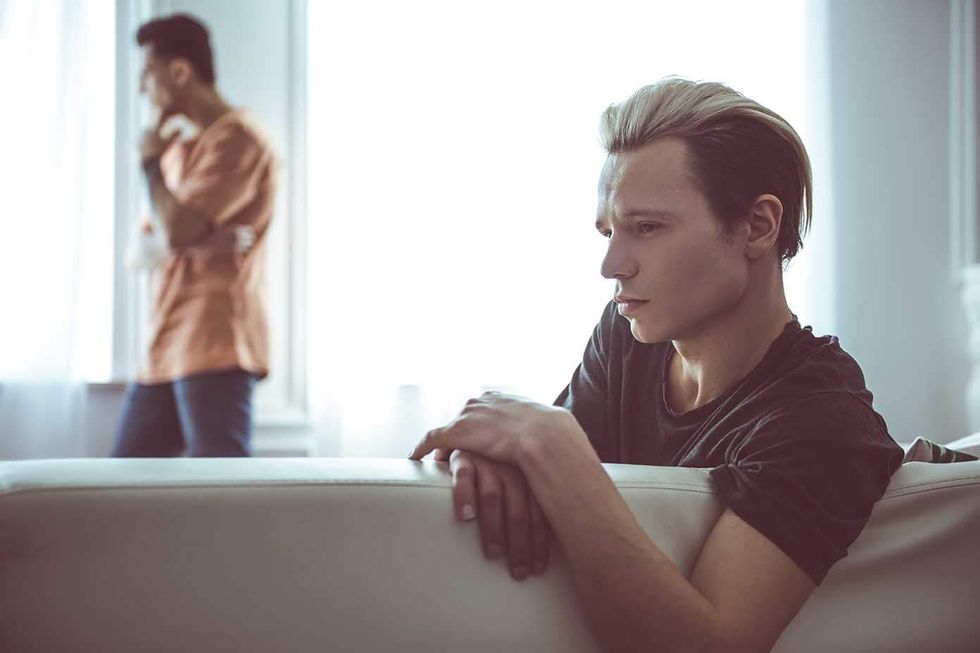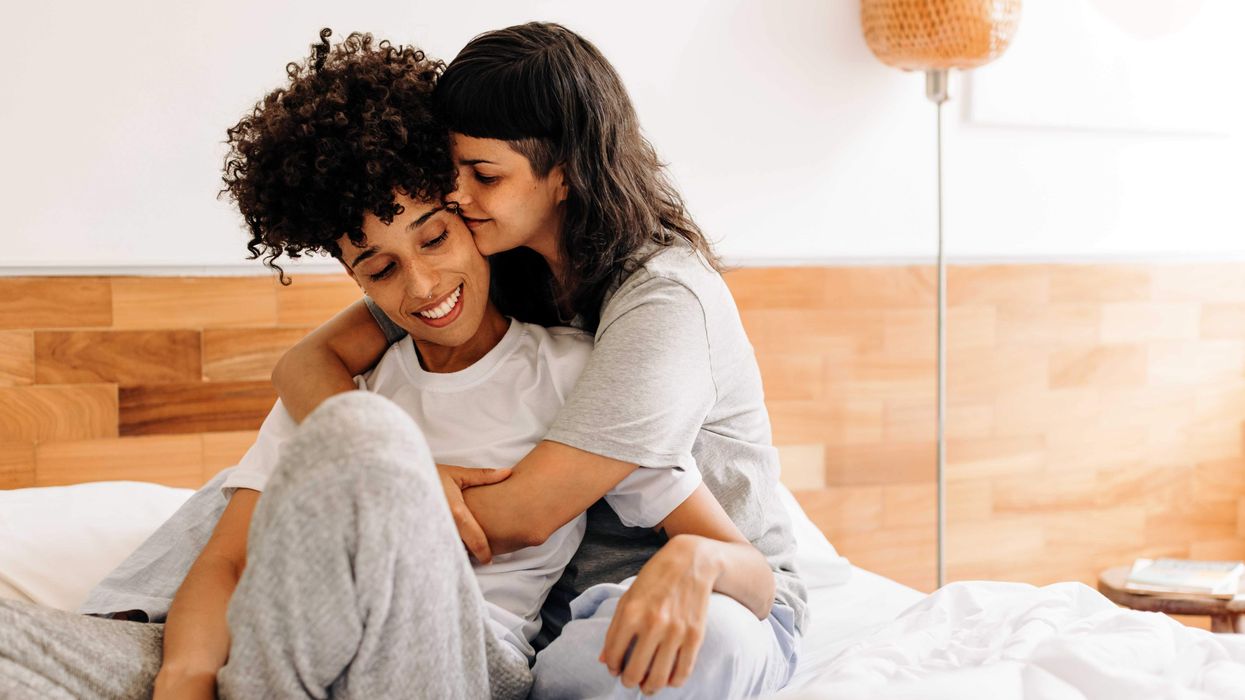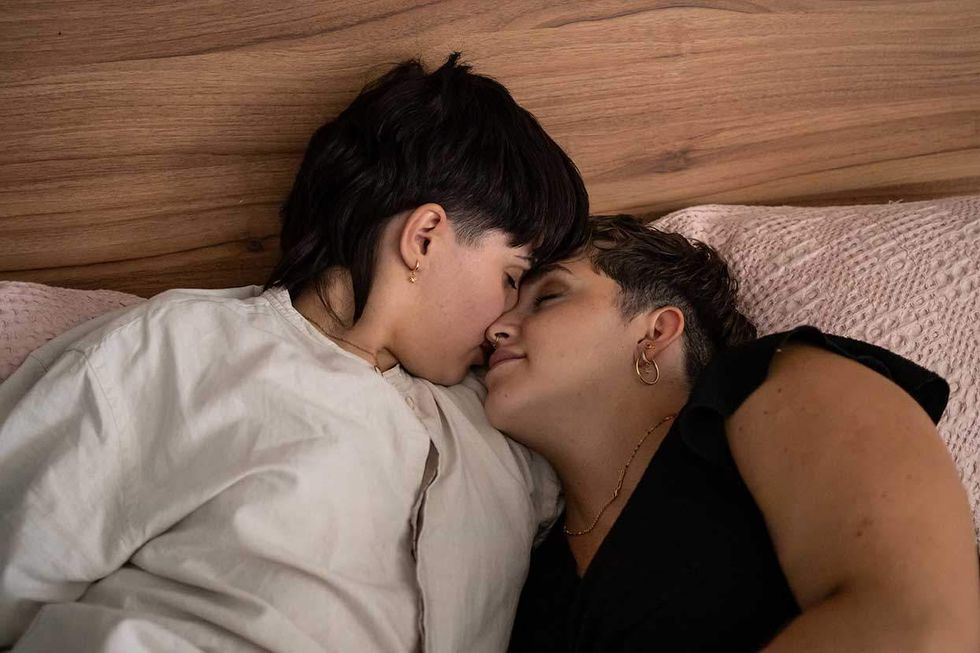The ubiquity of dating apps means that you can open your phone, swipe right, and easily find a hookup. This can be liberating while simultaneously leading to Grindr fatigue and a frustration with hookup culture.
But the fallout from heterosexual dating seems even more overwhelming, as evidenced by the discourse consuming social media and even inspiring a new term for how bad it’s gotten out there, especially for heterosexual women: heterofatalism.
There has been endless discourse about men suffering from the “loneliness epidemic,” despite straight women constantly complaining about the poor (or even scary) dating behavior of men, that have women running away from the societally prescribed life of straight marriage and toward singledom.
Which has us asking, are the straights ok?
This widespread dissatisfaction with dating men, known as heterofatalism, may be plaguing straight women right now, but it may also be impacting the dating lives of bi and pan women and nonbinary folks.
So to help us define “heterofatalism” and unpack how it’s affecting women, and how it comes into play with queer daters, we talked to relationship experts to break it all down.
What is ‘heterofatalism?’

Prostock-studio/Shuttestock
Heterofatalism, a clever term to describe straight women’s frustration with the way men behave when dating, was coined by sexuality scholar Asa Seresin, who originally called it “heteropessimism.”
“It’s that weary ‘ugh, men’ energy, but laced with deeper grief,” licensed marriage and family therapist Melissa Klass tells PRIDE. "More recently, the term has gained traction online through queer creators who use it to describe a kind of psychic exhaustion that comes from navigating patriarchy through intimacy.”
According to Stewart Parnacott, a nurse practitioner, instructor at Baylor College of Medicine, and proud member of the LGBTQ+ community, “heterofatalism” is the frustration that dating men is “inevitably going to be disappointing or draining,” causing people to use dark humor to cope with this reality.
“You can usually tell when someone is stuck in it,” he says. “They talk about dating men with a tone that sounds more like obligation than choice. They joke about it—memes, sarcasm, all of that—but under the humor, there’s burnout and a real sense of ‘why bother?’”
What causes heterofatalism?
“At its core, heterofatalism grows out of repeated disillusionment. Many women—especially straight or bi women partnered with men—are socialized to expect emotional reciprocity and partnership, only to find themselves doing the bulk of the emotional labor,” Klass reveals. “Over time, this can morph into a kind of low-grade despair: the belief that straight relationships are inherently asymmetrical, and that men simply can’t meet them where they are. Add to that cultural scripts that equate womanhood with caregiving and coupledom with success, and you have a recipe for stuckness.”
Sofie Roos, a bisexual licensed sexologist and relationship therapist, says that having every relationship end in disappointment because of the actions of the men you're dating can lead to overwhelming feelings of heterofatalism. “Maybe one has dated a man that took no responsibility, that wasn’t able to communicate their boundaries and needs, or that didn’t respect yours, or that expected you to be the one making the relationship work out,” this is what causes a fatalistic view of dating men, she explains.
Parnacott also says that the foundation of the way we’ve structured straight dating leads to these pessimistic feelings about the whole endeavor. “Emotional labor falls mostly on women. Partners avoiding emotional vulnerability. Power or effort feeling lopsided. After a while, it stops feeling like bad luck and starts to feel systemic, as if the way we structure straight dating is part of the problem,” he says. “The fact that this word exists and resonates suggests that people are questioning those old relationship scripts more openly now.”
What does this mean about the current state of straight dating and relationships?

Prostock-studio/Shuttestock
Seresin may have coined the term back in 2019, but heterofatalism has entered the cultural consciousness once again because of dating fatigue and an op-ed in The New York Times Magazine titled, The Trouble With Wanting Men which documented the dating struggles of the author and her group of girlfriends.
“The rise of heterofatalism as a recognizable term suggests a generational breaking point. It’s a symptom of collective burnout—emotional, relational, even erotic,” Klass warns. “Many women are waking up to the idea that what they’ve been told to expect from men is not just falling short, but actively diminishing them. At the same time, there’s often ambivalence: a desire to still want men, even while mourning what those relationships cost. The term gives shape to that in-between space of longing and loss.”
What are the signs that someone is experiencing it?
Heterofatalism can crop up in subtle and not-so-subtle ways that are easy to spot once you know to look for them.
You may feel hopeless about relationships, but you are also stuck in an endless cycle of dating because you still desperately want to find a deeper romantic connection. “A common sign is that you with a slightly bitter tone often make jokes about ‘all men being the same’ — but still keep dating them, because you so deeply want to find someone that’s good for you,” Roos explains.
Or you may start to feel resigned to the fact that things aren’t going to change and dating might just not be for you.
According to Klass, some women might start “fantasizing about queer relationships not as a rejection of straightness, but as an escape from the emotional labor often required in heterosexual dynamics.”
Is heterofatalism something LGBTQ+ people who date men can relate to?
Heterosexual women aren’t the only ones who date straight men, as tragic as that may be. So how does heterofatalism impact gay, bi, and pan folks who are dating men?
“Queer people—especially bi and pan women and nonbinary folks—may experience heterofatalism with an added layer of complexity,” Klass says. “There can be grief around ‘choosing’ relationships that don’t reflect one’s fuller sense of self, or feeling emotionally let down by men after experiencing more egalitarian dynamics in queer partnerships. There can also be internal conflict—feeling like you’ve ‘failed’ queerness by ending up with a man, even if the relationship is chosen freely. The tension between identity and experience is real.”
Parnacott also says that while these feelings can show up in queer dating, it’s very different for gay and bi men, “Gay and bi men talk about the frustrations of dating men, but without the same gender-role baggage. Their complaints are more about behavior—communication, commitment, reliability—than the broader structure of the relationship itself. The overlap is the fatigue, but the reasons can differ.”
How is it different for queer folks, and how is it the same?
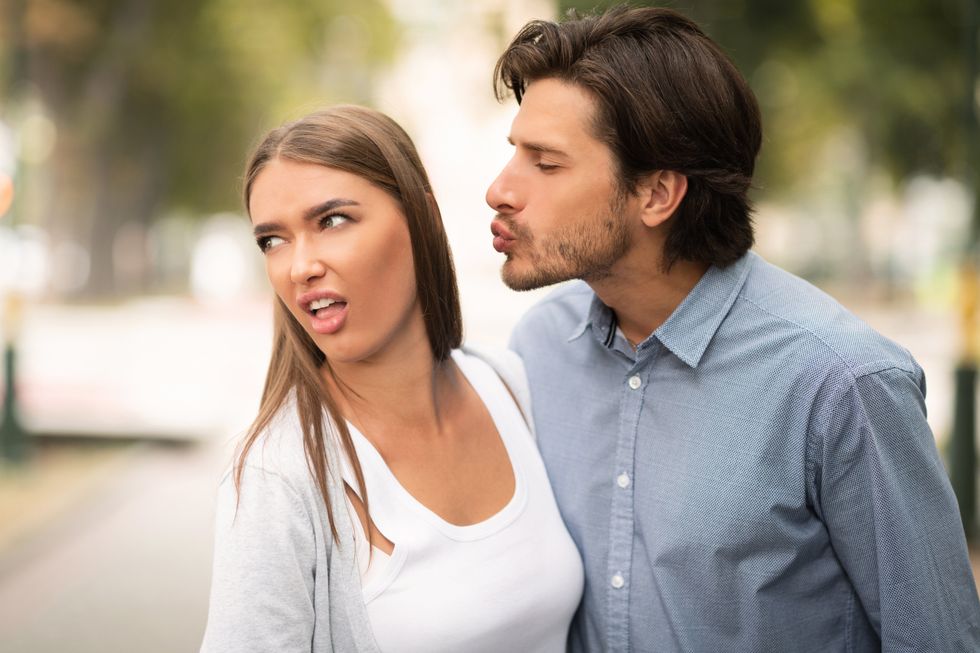
Prostock-studio/Shuttestock
According to Roos, “The similarity is in the feelings of frustration over men's behavior in relationships on a structural level — that you as a woman —queer or not, feel as if you need to do more of the emotional work in the relationship in a way that doesn't feel fair,” but with straight relationships there isn’t the added layers of “homophobia, gender dysphoria, or the feeling of needing to prove that queer relationships also can work out” that people experience if they are queer.
“For queer folks, heterofatalism often exists alongside a deep awareness that relationships can be different—because they’ve lived them differently,” Klass explains. “That contrast can make the disappointment sharper. But queer folks may also have more language, more community, and more tools to name and navigate the dynamics at play. Still, the sameness is in the emotional math: doing the work, holding the relationship together, shrinking yourself to avoid rupture. Those patterns cross identity lines.”
Can it be overcome—and if so, how?
Parnacott says that making changes “means setting firmer boundaries, finding partners who value emotional reciprocity, and sometimes working with a therapist or coach to address the belief that all relationships will feel the same. When someone assumes every connection will hurt, they’re more likely to accept unhealthy dynamics because they expect nothing better.”
While you might be able to make some changes in your own dating life by doing the things, real change is only going to happen if we overhaul the system. Figuring out a way to dismantle the patriarchy would help too.
“Overcoming heterofatalism means addressing not just the partner, but the system,” Klass says. “It starts with naming the dynamic without shame, then getting curious: What do I actually want from a relationship? What parts of me have gone quiet to keep this going? What would it take to feel met, not just needed? Therapy can help, but so can conversations with other women, with queer folks, with people outside the bubble of heteronormativity. Heterofatalism thrives in silence. Naming it is the first subversive act.”
Experts cited:
Melissa Klass, a licensed marriage and family therapist.
Stewart Parnacott, a nurse practitioner, instructor at Baylor College of Medicine, and proud member of the LGBTQ+ community.
Sofie Roos, a bisexual licensed sexologist and relationship therapist.





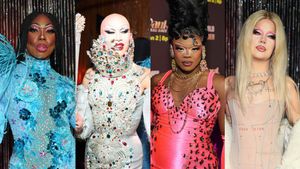




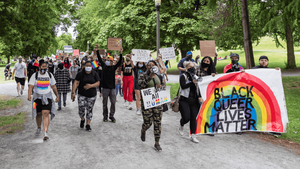


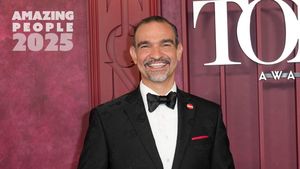

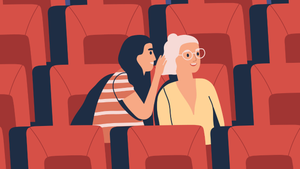
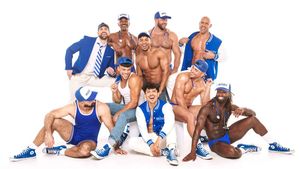
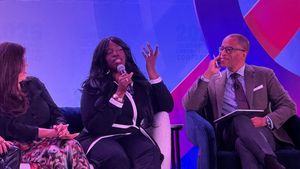




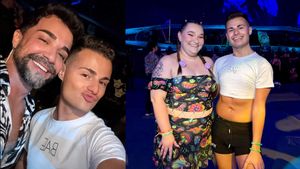




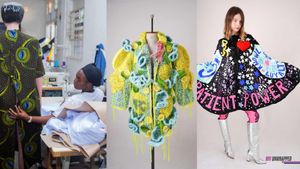
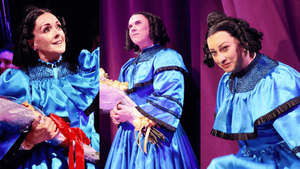











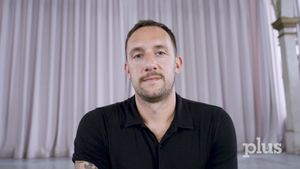


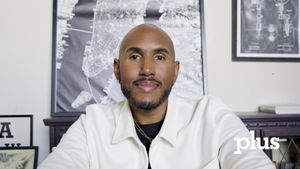



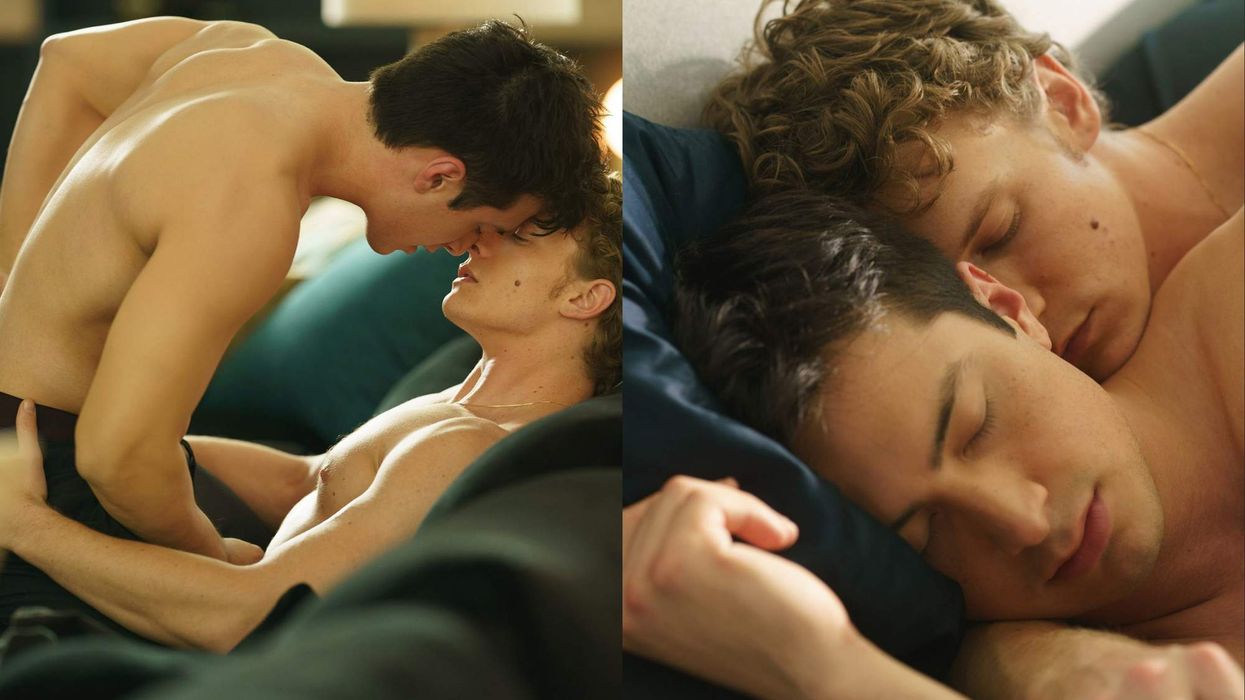

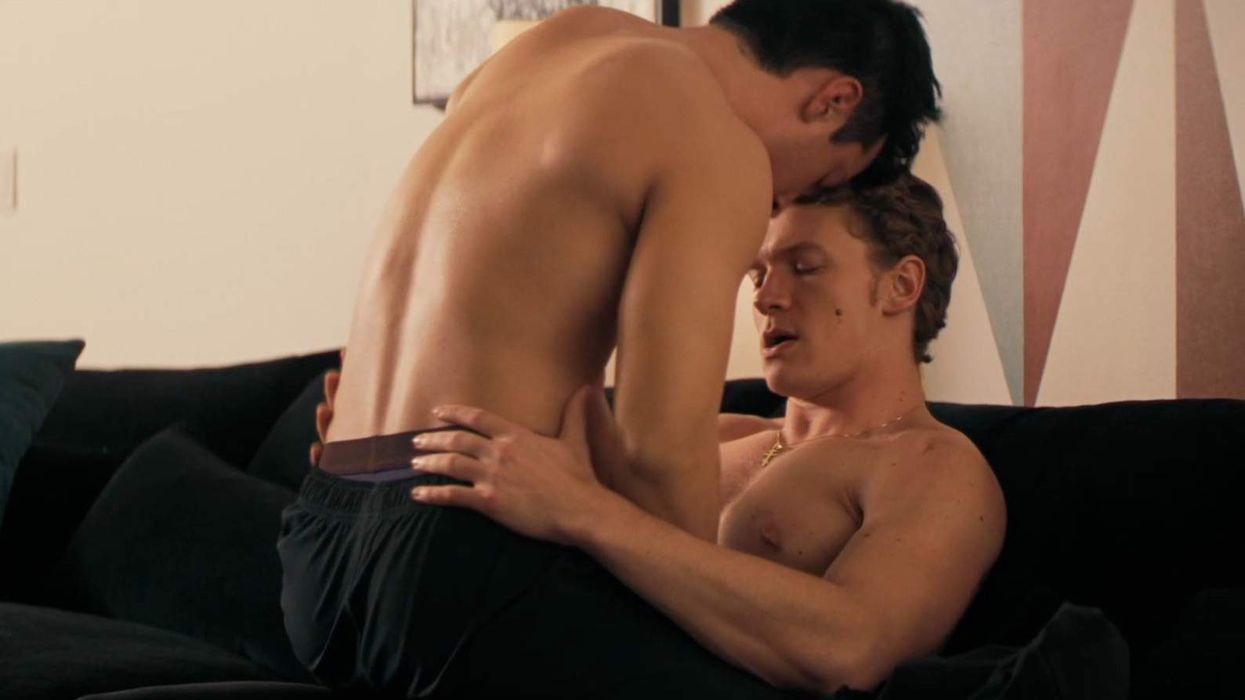
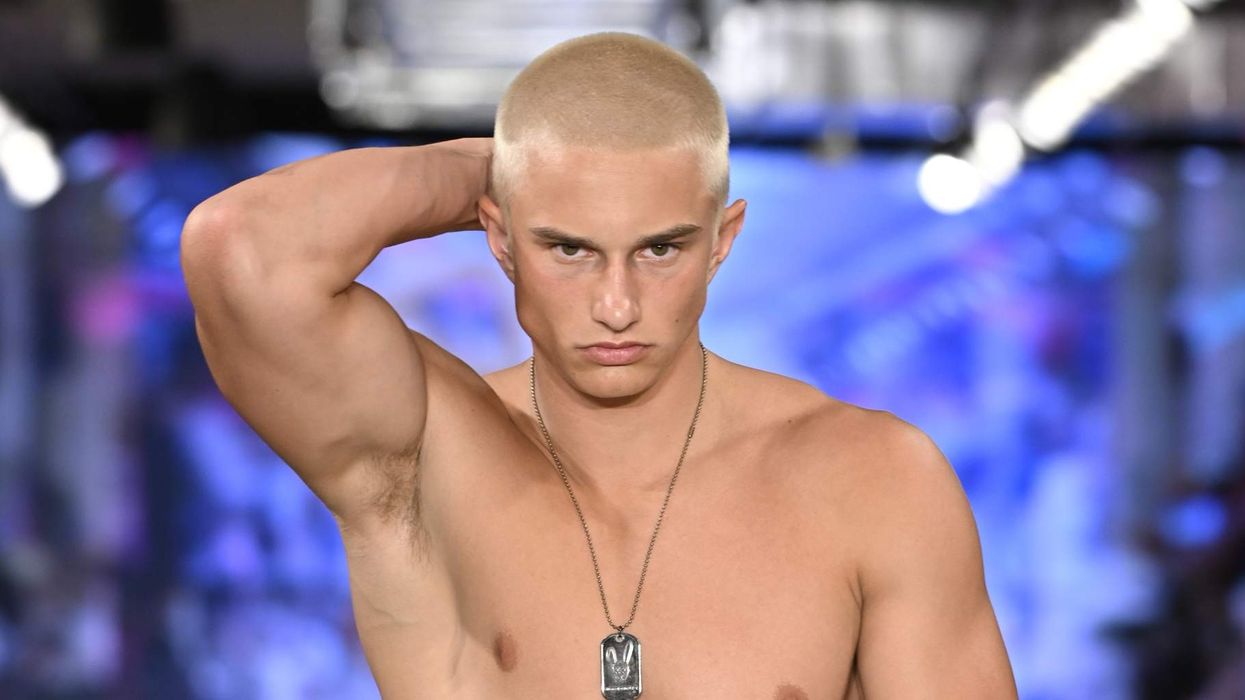




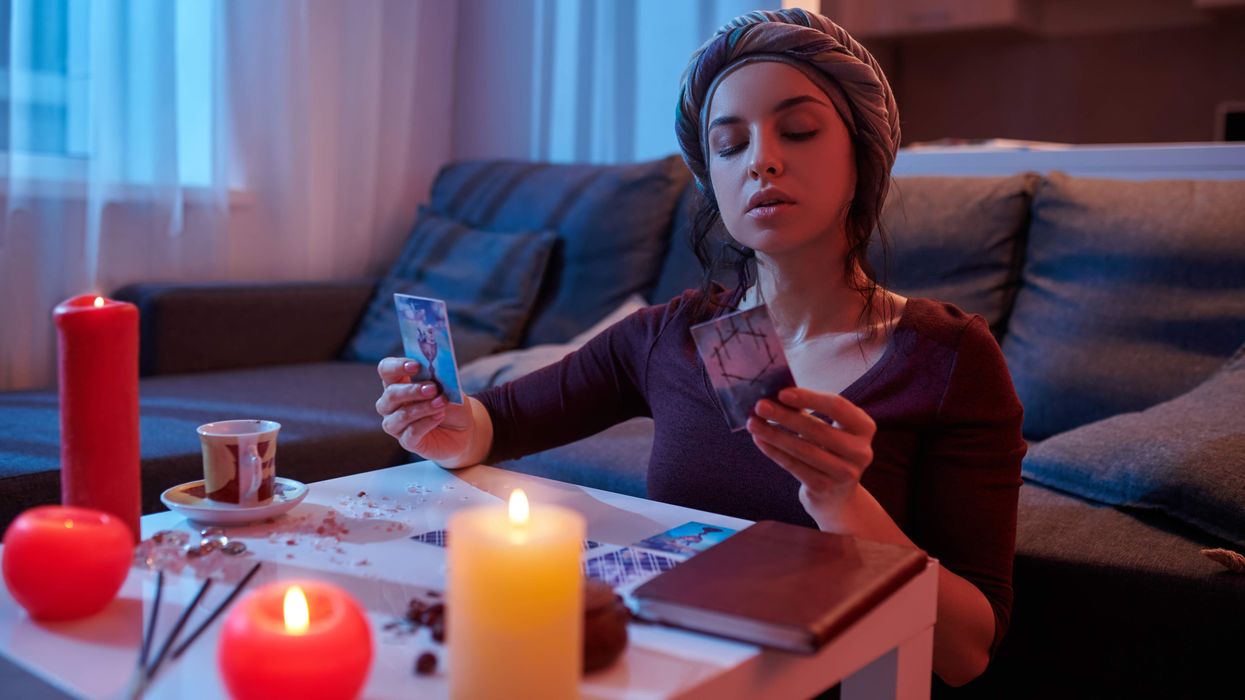
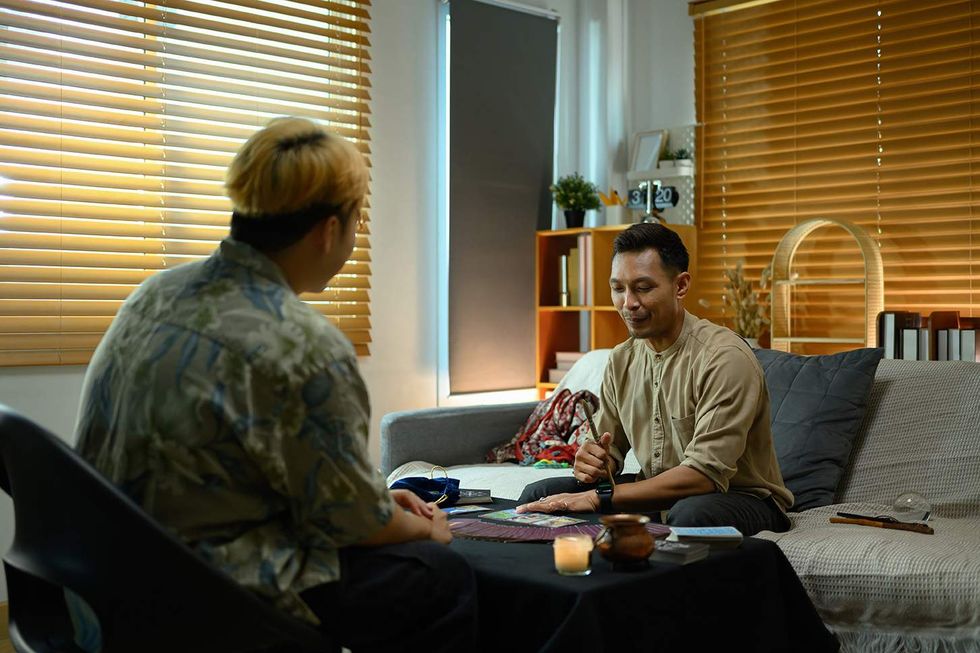
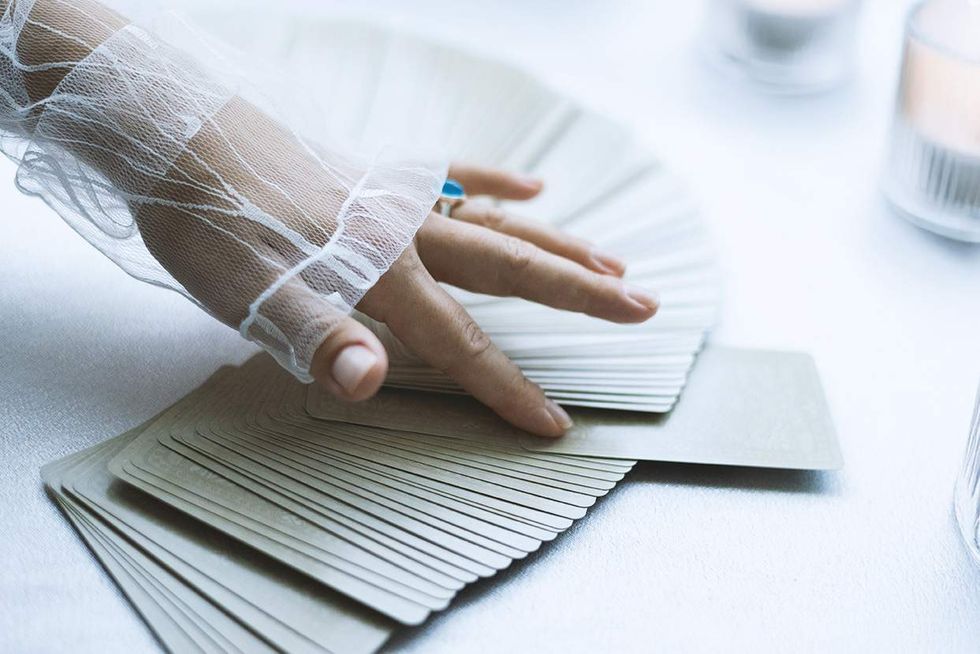

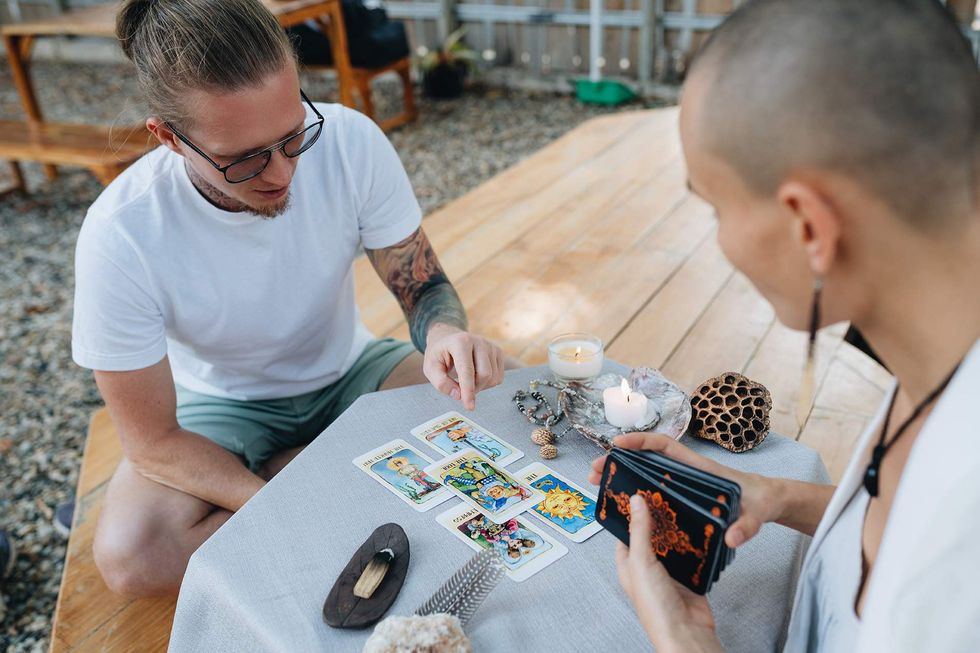




 4. Cleansing after a fightBeatriz Vera/Shutterstock
4. Cleansing after a fightBeatriz Vera/Shutterstock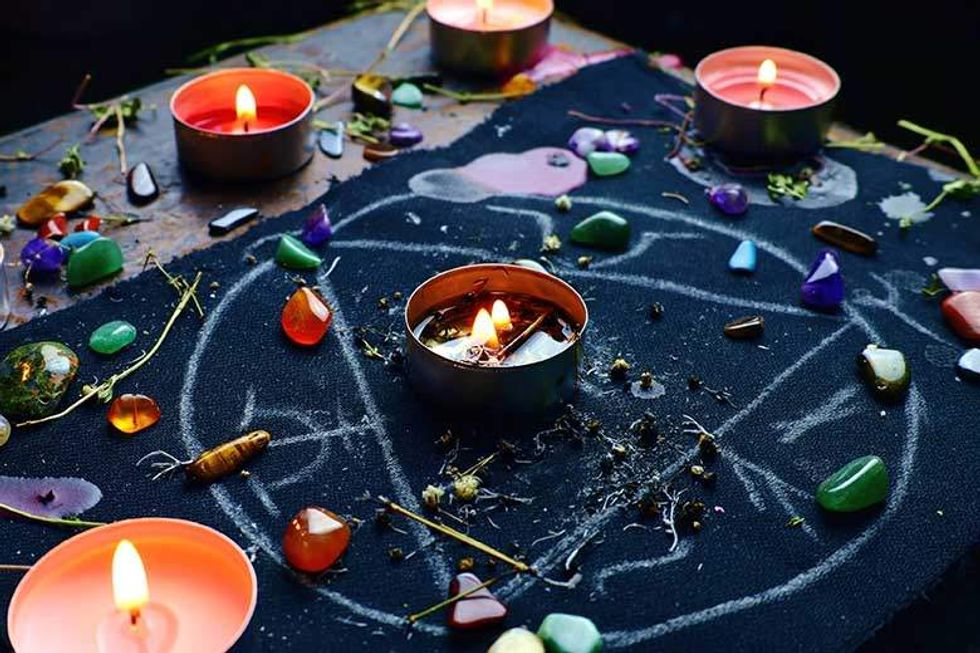
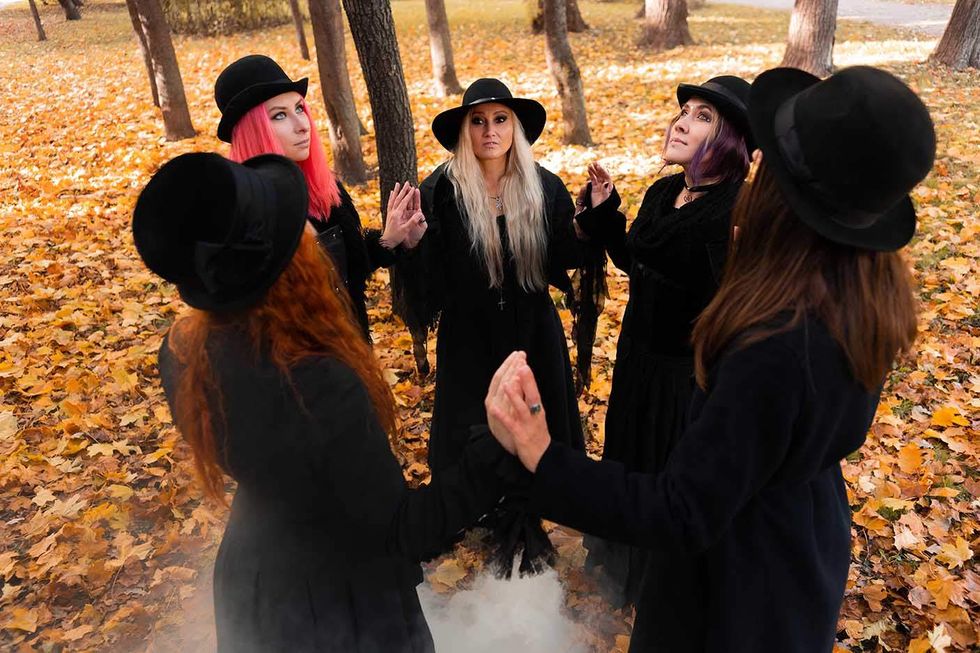 1. Cord-cutting
1. Cord-cutting